Human Migration
Migration is a fundamental part of human history. Why do people move? How did humans populate the Earth? For the last 70,000 years, as our species has migrated, we’ve changed history and transformed the world. In the modern period, people crossed oceans and took to the skies as they moved themselves—and the goods, ideas, and diseases they carried—to distant shores.
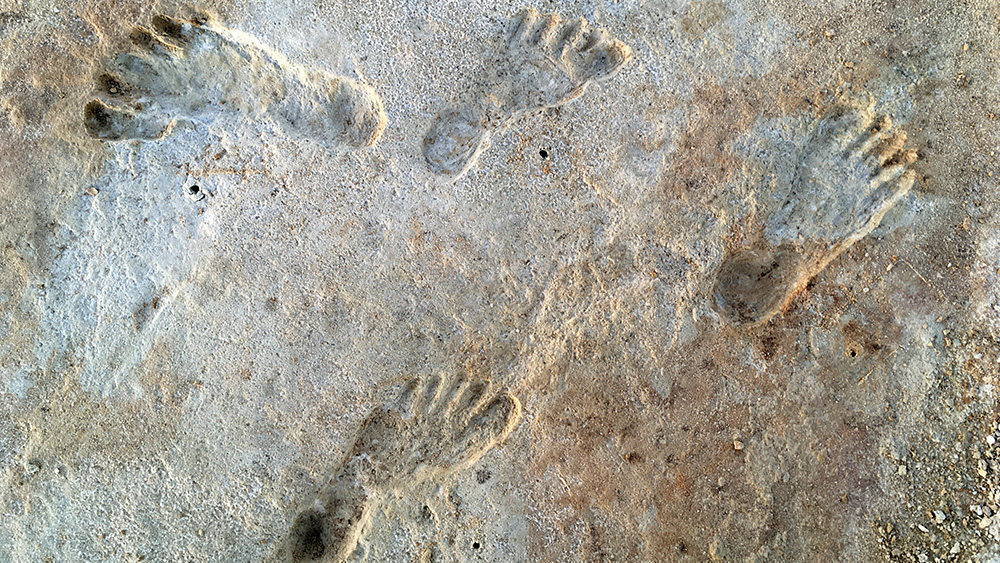
Are you a teacher? Click here to view the Teaching Tools for this topic
Featured Materials
Source Collection: Migration
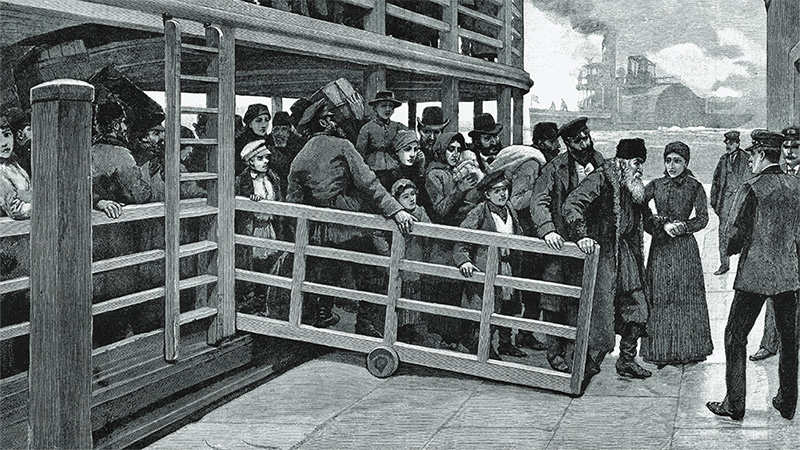
Article
Source Collection: Migration
In the era from 1750 to 1900 people packed up and moved from Europe and Asia to the Americas. But what were the causes and effects of this migration? These primary sources should help you answer that question.
Geography: Migration and Climate
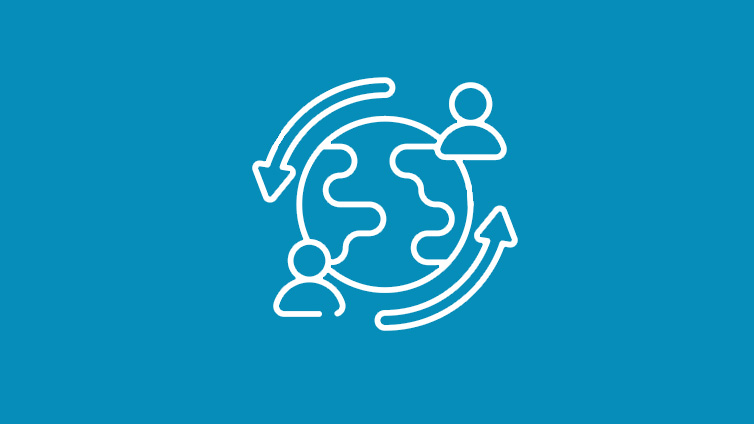
Activity
Geography: Migration and Climate
What factors pushed or pulled early humans to migrate to certain regions of the world?
Communities of Movement
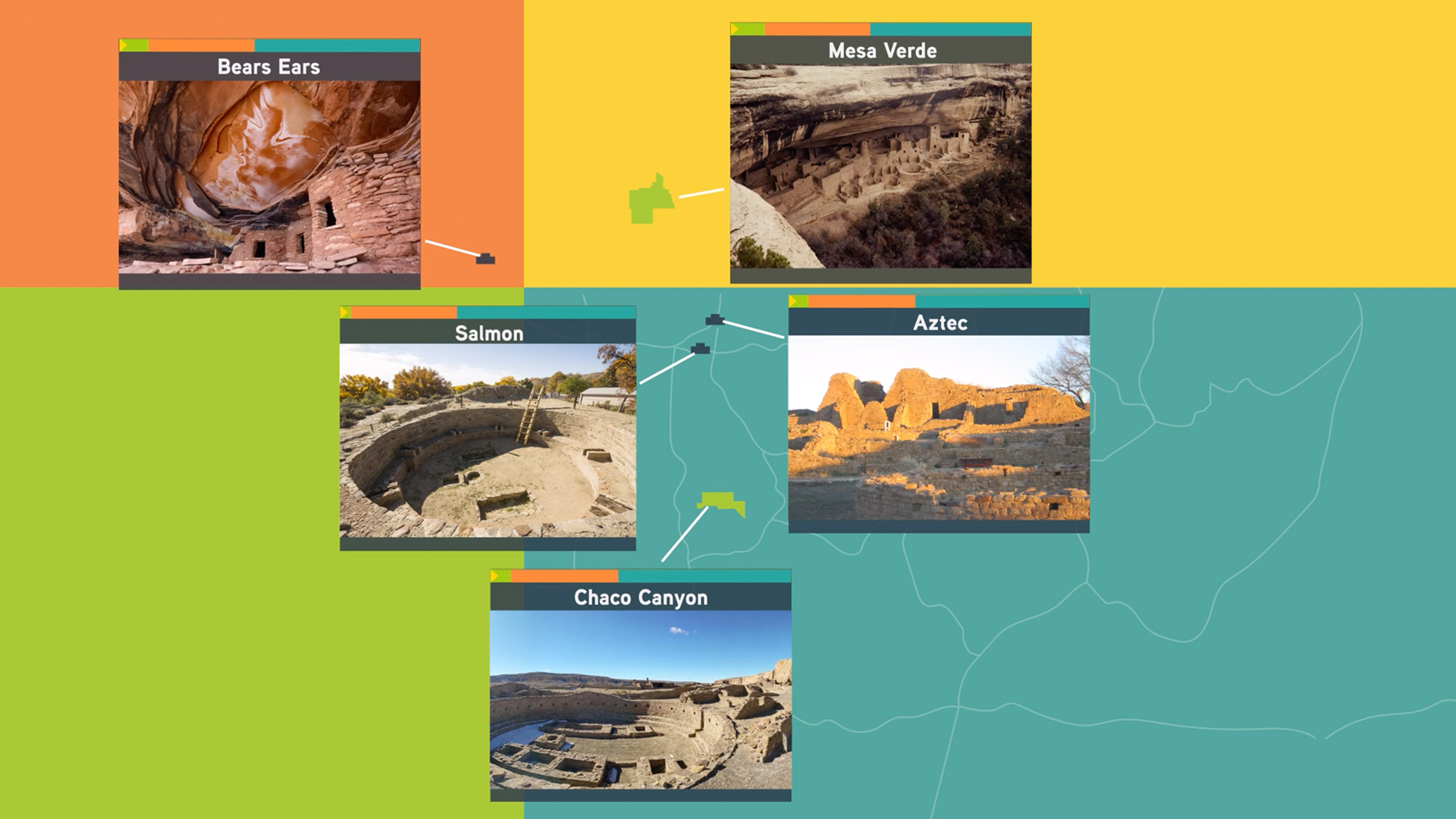
Video
Communities of Movement
The Ancestral Pueblo built large, complex agricultural societies across the Colorado Plateau. Their farming communities relied on repeated migrations.
Lessons
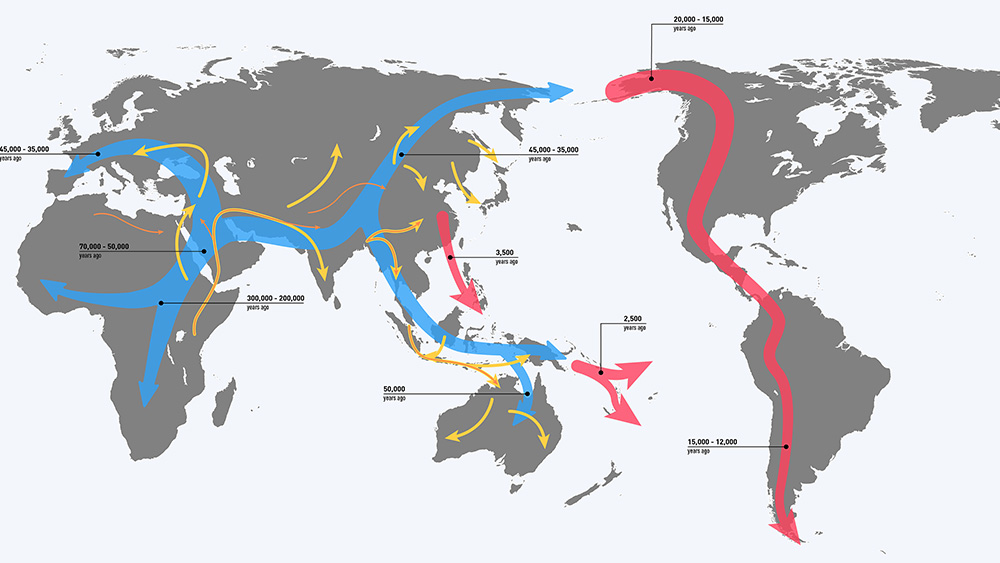
Lesson 4.4
Migration
All humans evolved in Africa, but what made our ancestors journey outside of Africa to eventually populate the whole world? Journey through time and across continents to investigate human migration.
View Lesson
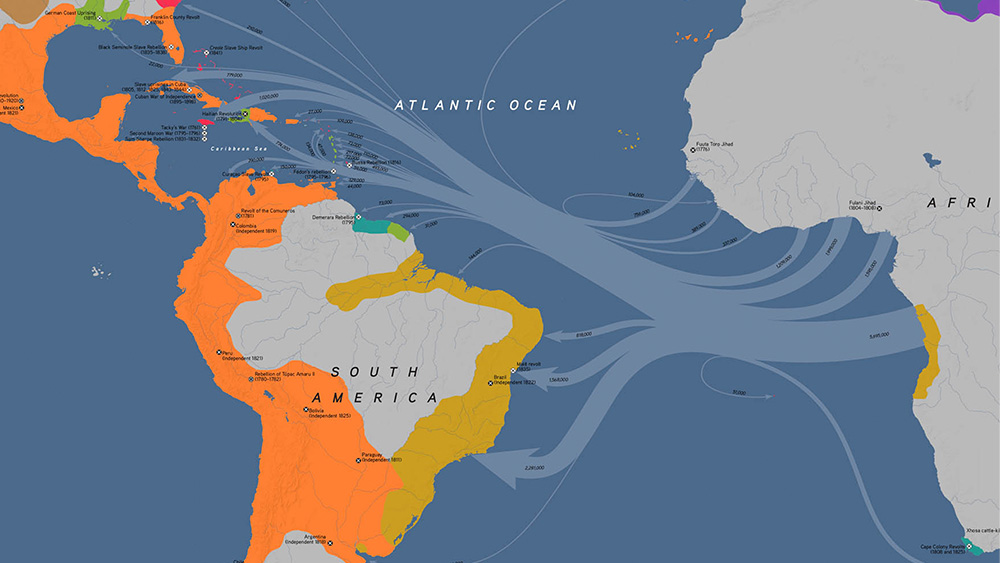
Lesson 3.8
Transoceanic Migration
Migration is fundamental to human history. During this period, waves of people spread to new shores. Many moved seeking the opportunity for new connections, while millions of others were forced from their homes.
View Lesson
Materials
Transatlantic Migration Patterns: The Voluntary and Involuntary Movement of People
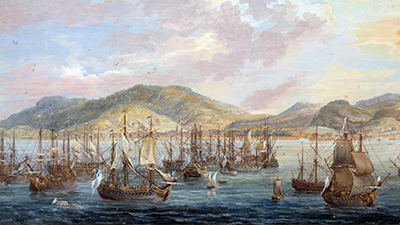
Article
Transatlantic Migration Patterns: The Voluntary and Involuntary Movement of People
What were the push and pull factors that led to massive migrations such as those that occurred across the Atlantic during the period between 1450-1750?
Industrialization and Migration
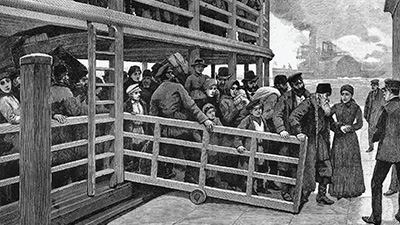
Article
Industrialization and Migration
During industrialization, people moved in ways never seen before: Some traveled short distances, others crossed continents. Some chose to move, others were forced.
A Century of Refugees

Article
A Century of Refugees
In the last century, millions of people were forced to flee their homes. Meanwhile, governments around the world have increased their attempts to control and limit migration.
The Navigator: Mau Piailug
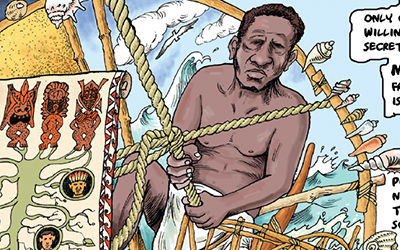

Graphic Biographies
The Navigator: Mau Piailug
Mau Piailug helped revive the navigation techniques ancient Polynesians used to cross thousands of miles of open ocean to settle Hawaii.
Ugandan Migrants
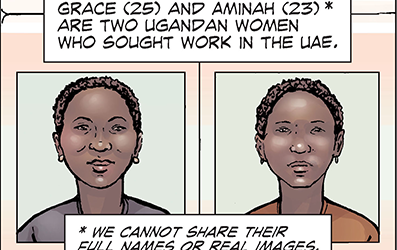

Graphic Biographies
Ugandan Migrants
Aminah and Grace are aliases given to two Ugandan women who are among the millions of migrants who leave their homes, temporarily or permanently, seeking work opportunities.
Islam Alhashel
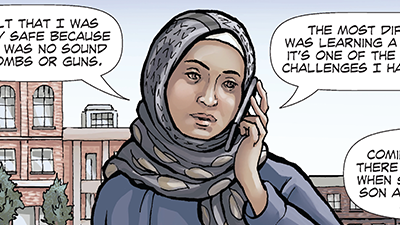

Graphic Biographies
Islam Alhashel
Islam Alhashel is a high school student in Ohio and a refugee from the uprising and civil war in Syria. Her experiences are representative of millions of refugees.
 Teaching This Topic
Teaching This Topic

Historical Thinking Skills Guide
Help your students develop the skills needed to think like a historian.

Professional Development Events
Check out our free, live webinars and skills clinics that connect directly to your classroom. Because you deserve PD that’s useful, energizing, and worth your time.

Teacher Blog: Insights from Educators for Educators
Find fresh ideas, classroom insights, and teaching strategies to feed your curiosity and strengthen your practice.

Community Forum for Teachers
A vibrant, welcoming community that celebrates teacher voices. Ask questions, get answers and ideas, and share feedback with the OER Project team.